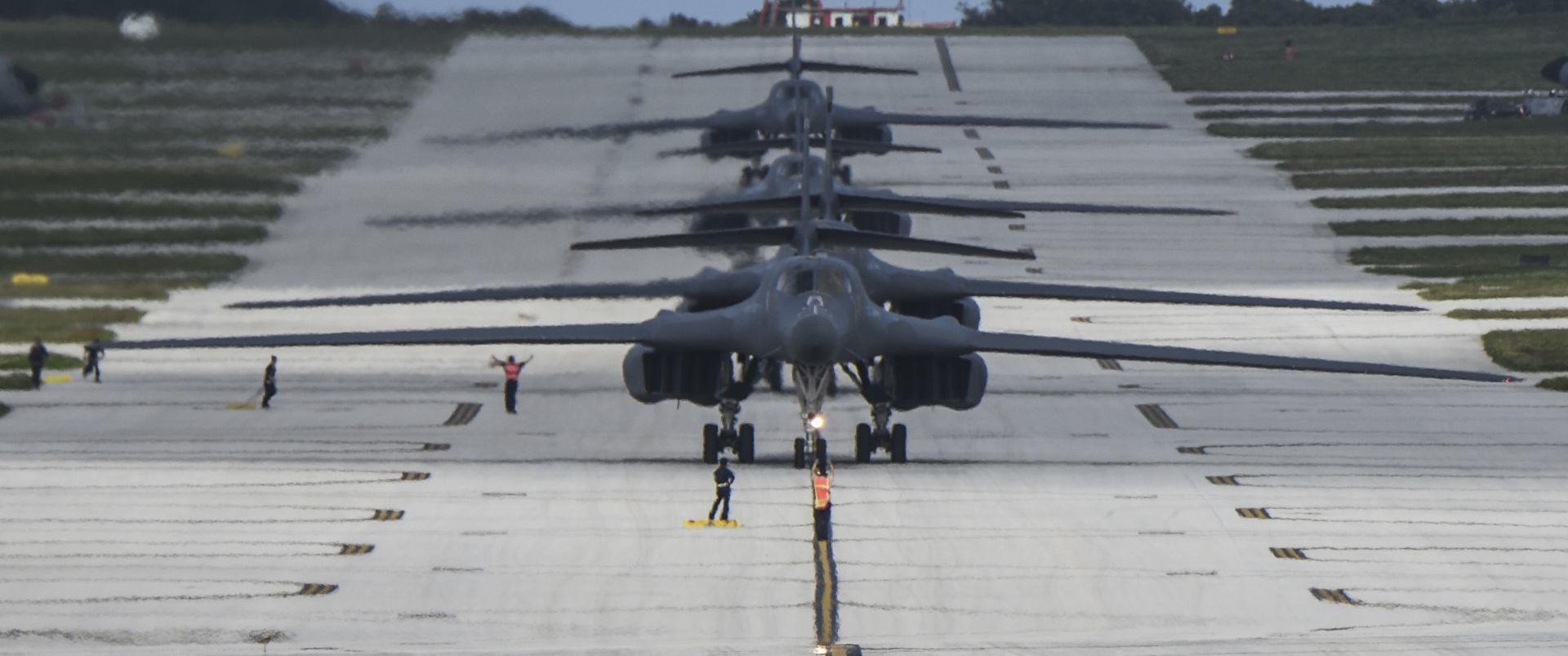B-1B Lancer bombers and airmen with the 7th Bomb Wing from Dyess Air Force Base, Texas, deployed here Feb. 6 in support of U.S. Pacific Command’s continuous bomber presence mission.
The 9th Expeditionary Bomb Squadron is taking over operations from the 34th EBS, based at Ellsworth Air Force Base, South Dakota.
This marks the second deployment of B-1s to Guam in more than a decade. The first deployment of B-1s arrived in August and took over continuous bomber presence operations from B-52 Stratofortress bomber squadrons from Minot AFB, North Dakata, and Barksdale AFB, Lousianna.
Strategic Deterrence, Regional Training
The B-1s will continue to support Pacom in conducting routine strategic deterrence and regional training missions. Incorporating the B-1 into Pacom operations exercises the Air Force’s ability to integrate a unique capability with regional allies and partners in various parts of the world, officials said.
Since 2004, Air Force bombers such as the B-1, the B-52 and the B-2 Spirit have been in continuous rotations, providing nonstop stability and security in the Indo-Asia-Pacific region.
Air Force Global Strike Command continues to routinely deploy bombers to Guam, which provides opportunities to strengthen regional alliances and long-standing military-to-military partnerships throughout the region, officials said. The B-1 units bring a unique perspective and years of repeated combat and operational experience from the U.S. Central Command theater to the Pacific. They will provide a significant rapid global strike capability that enables readiness and commitment to deterrence, offers assurance to the U.S. allies and strengthens regional security and stability in the region, they added.
Training in a different part of the world, officials noted, allows the B-1 aircrews the opportunity to integrate with Pacific partners to enhance interoperability and regional cooperation.










